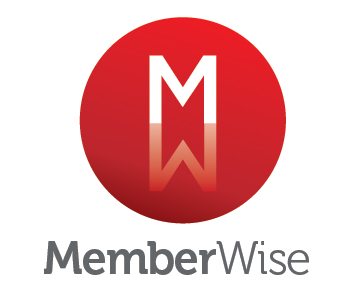Understanding your members is essential. Knowing why they choose to join and renew, what they value, what challenges they face and support they may require, and how they would like to see their organisation progress and improve can lead to better levels of member engagement, satisfaction, and improved retention rates. This insight can be generated through regular member research.
A key tool in the arsenal of member research is the member survey. Delivered on a regular basis (sometimes annually, sometimes less frequently), a member survey can generate a wealth of useful data that can improve the understanding of members’ current perceptions and experiences, leading to more informed engagement and policy development.
However, a member survey can only be effective if a sufficiently large proportion of members respond, so that the results drawn from the data actually reflect the overall membership, and not just the select minority of members who always make themselves heard (I’m sure you know the ones!).
Based on our experience of delivering member surveys on behalf of a wide range of membership organisations, I’ve put together five key steps to ensuring a positive survey response rate.
1. Asking the right questions – Questionnaire design is one of the most important aspects of any successful survey. Of course, it’s crucial to ensure that questions are clear, not leading or biased, and will generate useful data, in line with your research objectives. But perhaps as important is asking questions that members are interested in answering! We find members are far more engaged with questions about their job, challenges, opportunities, and topical or debated issues affecting their profession when compared with more corporate-focused questions that might relate to organisational strategy and KPIs.
2. Making the survey engaging and accessible – Any potential barrier to taking part in the survey needs to be removed. This means the survey needs to be a smooth and easy process to complete, to include a variety of engaging question types, to be as concise as possible, compatible on all devices, and with the ability to save progress and return.
3. Well-planned promotion – All members need to be made aware of the survey through well-timed and targeted email invitations, but with the acceptance that not everyone will read them. Therefore, getting the survey out to members via a range of different channels is important, including social media, the organisation’s website, professional networks, events, and even employee email signatures.
4. Offering an incentive – For some organisations, this can be tricky, with concerns about member views on how their fees are being spent. However, including some form of incentive to take part does have a positive impact on the response rate. This could take the form of a prize draw, or alternatively, a small charity donation for every response received could make for a more palatable approach.
5. Making use of the insight gained – Members want to know what providing their views will achieve, and therefore using the survey results in a way that is visible to members is crucial. This means you can communicate what was done with data collected, which may entice them to take part again. Communication of the key results at the end of a survey project is an important way to close the feedback loop and ensure members feel like their contribution was worthwhile and valued. Don’t let that report sit on a shelf!
Whether you’re looking for some general advice, support to deliver a member survey with a positive response rate, or help with a different research project, please feel free to get in touch.
Enventure Research is a market research agency specialising in research and consultation for professional membership organisations.











Leave A Comment